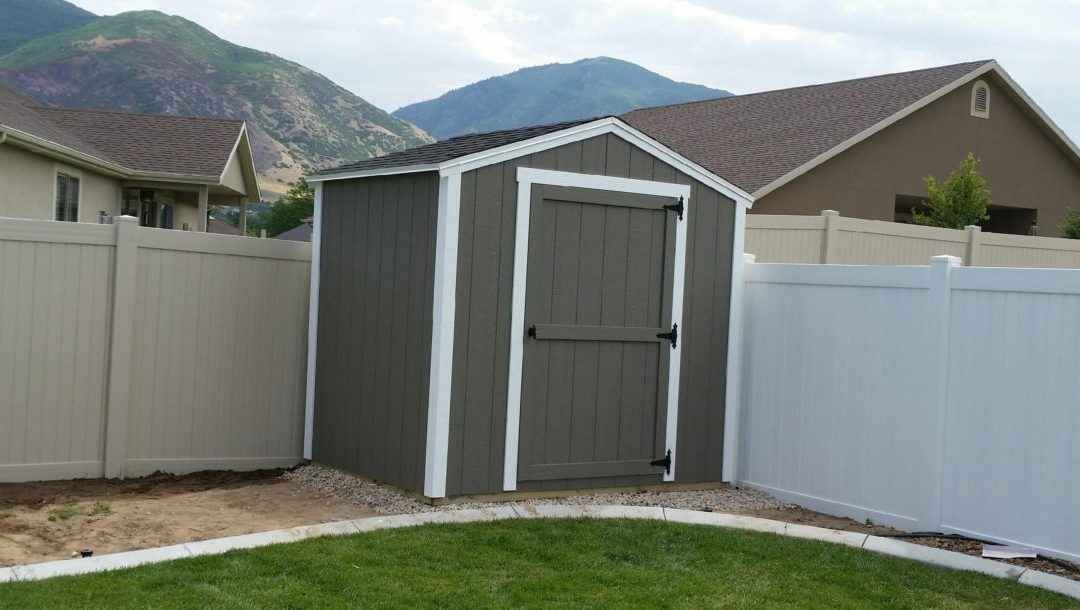What is a shed for? Many things. It can be used as storage shed, an extra bedroom, and even an outdoor office! Really, there are so many uses for shed, but it is its purpose that you have in mind that will dictate the materials you will use to build it. In other words, picking suitable materials is vital to ensure it meets your goals and expectations.
That said, one part of your shed that’s super important is its foundation. Here are the various materials you can use for its foundation and what each material has to offer:
1. Concrete
This is the most popular, as well as the most expensive, material for your shed’s foundation. The key is the concrete slab you’ll use. It needs to be able to hold the weight of your shed since it will be bearing the weight of the foundation. Ideally, you want it to be level and even. It also needs to be thick enough, usually 4 inches or more, to strengthen your structure.
For a quick video on how to pour concrete, check out this video:
2. Concrete Slab
Concrete slabs are commonly used for patios, foundations, and pathways. They are strong and can support the weight of a shed. What’s great about concrete slabs is that you can completely enclose them, and the entire area will be level, which is a must for a great shed foundation.
3. Poured Concrete
When you’re using poured concrete for your shed’s foundation, you need to know that it is heavy. Anything that is poured needs to be handled carefully. It can be used as a solid structure, but it must be poured correctly. You don’t want it to pour over time and make the foundation more unstable.
4. Wood
Often cheaper than other alternatives, such as poured concrete, concrete blocks, and piles of gravel, wood can work well for your foundation. It can be used for both a foundation and for the floor of the shed. If you use wood for both, you need to make sure that it’s properly treated. Not only does the wood need to be treated, but the ground as well.
Wood is definitely a great alternative, but only if you take care of it. Wood used for foundation purposes needs to be treated. Also, the wood needs to be durable enough to support the weight of the shed. Otherwise, you may find yourself putting together your shed many times.
5. Gravel
Gravel is a good alternative as well. It is heavy and cheap. It does not need any kind of treatment, and it can be used for both a floor and a foundation. However, you should be aware that it will have a tendency to shift or slide, so you have to make sure that you have a flat surface before starting to build your shed.
While gravel is a good alternative, you should know that it can also be hard to heat in the winter. Also, since it can be loose and need a flat surface, you need to be cautious about its stability.
Conclusion
There are a few other materials you can use as your shed’s foundation. However, you need to know the pros and cons of each option, along with your budget, to ensure you pick the right material for your shed. This is vital so that once the foundation is set and the shed is built, you can use it with peace of mind knowing that the shed will stand for years to come.
Wright’s Shed Co offers high-quality sheds to meet a variety of needs. If you are looking for professional shed builders in Utah, work with us today!

